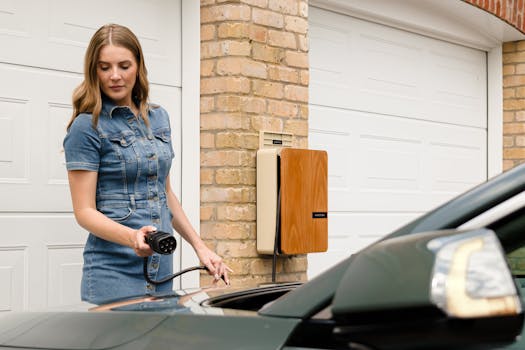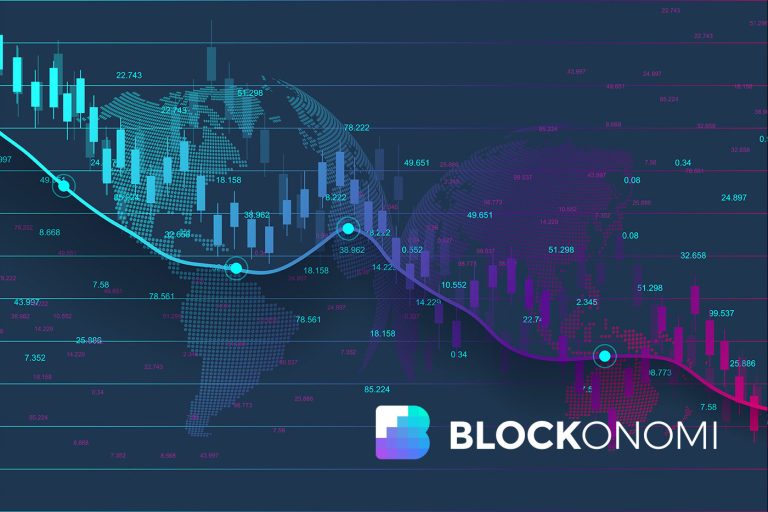
Smart Homes and Smart Living: The Technological Transformation of European Homes by 2025
Smart Homes and Smart Living is revolutionizing the way we live in European homes. The integration of smart technology into our daily lives is transforming the concept of a traditional home, making it more efficient, convenient, and sustainable. By 2025, European homes are expected to be equipped with cutting-edge technology that will change the way we interact with our living spaces.
Introduction to Smart Homes
A smart home is a residence that has been equipped with advanced technology to make living more comfortable, convenient, and energy-efficient. Smart homes use a network of sensors, devices, and systems to automate and control various aspects of the home, such as lighting, temperature, security, and entertainment. The use of smart technology in homes is becoming increasingly popular, and by 2025, it is expected that most European homes will have some form of smart technology integrated into them.
Benefits of Smart Homes
The benefits of smart homes are numerous. Some of the most significant advantages include:
- Energy efficiency: Smart homes can optimize energy consumption by automatically turning off lights, electronics, and appliances when not in use.
- Convenience: Smart homes can be controlled and monitored remotely, allowing homeowners to adjust settings, receive notifications, and access their homes from anywhere.
- Security: Smart homes can be equipped with advanced security systems, including motion detectors, cameras, and alarm systems, to provide an added layer of protection.
- Sustainability: Smart homes can be designed to be more sustainable, with features such as solar panels, rainwater harvesting, and greywater reuse.
Technological Transformation of European Homes
By 2025, European homes are expected to undergo a significant technological transformation. Some of the trends that are driving this transformation include:
- Internet of Things (IoT): The IoT is a network of physical devices, vehicles, and other items that are embedded with sensors, software, and connectivity, allowing them to collect and exchange data.
- Artificial Intelligence (AI): AI is being integrated into smart homes to make them more intuitive and responsive to the needs of homeowners.
- 5G Networks: The rollout of 5G networks is expected to enable faster, more reliable, and more widespread connectivity, making it possible for smart homes to become even more connected and integrated.
Challenges and Opportunities
The technological transformation of European homes by 2025 also presents several challenges and opportunities. Some of the key challenges include:
- Privacy and security: The increased use of smart technology in homes raises concerns about privacy and security, as there is a risk of data breaches and hacking.
- Cost: The cost of installing and maintaining smart technology can be high, making it inaccessible to some homeowners.
- Interoperability: The lack of standardization in smart technology can make it difficult for different devices and systems to communicate with each other.
Despite these challenges, the technological transformation of European homes by 2025 also presents several opportunities, including:
- Increased efficiency: Smart homes can optimize energy consumption and reduce waste, making them more efficient and sustainable.
- Improved convenience: Smart homes can be controlled and monitored remotely, making it easier for homeowners to manage their homes.
- Enhanced security: Smart homes can be equipped with advanced security systems, providing an added layer of protection for homeowners.





